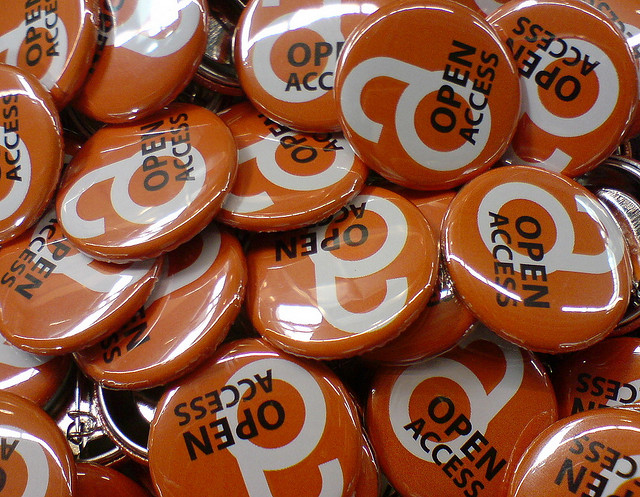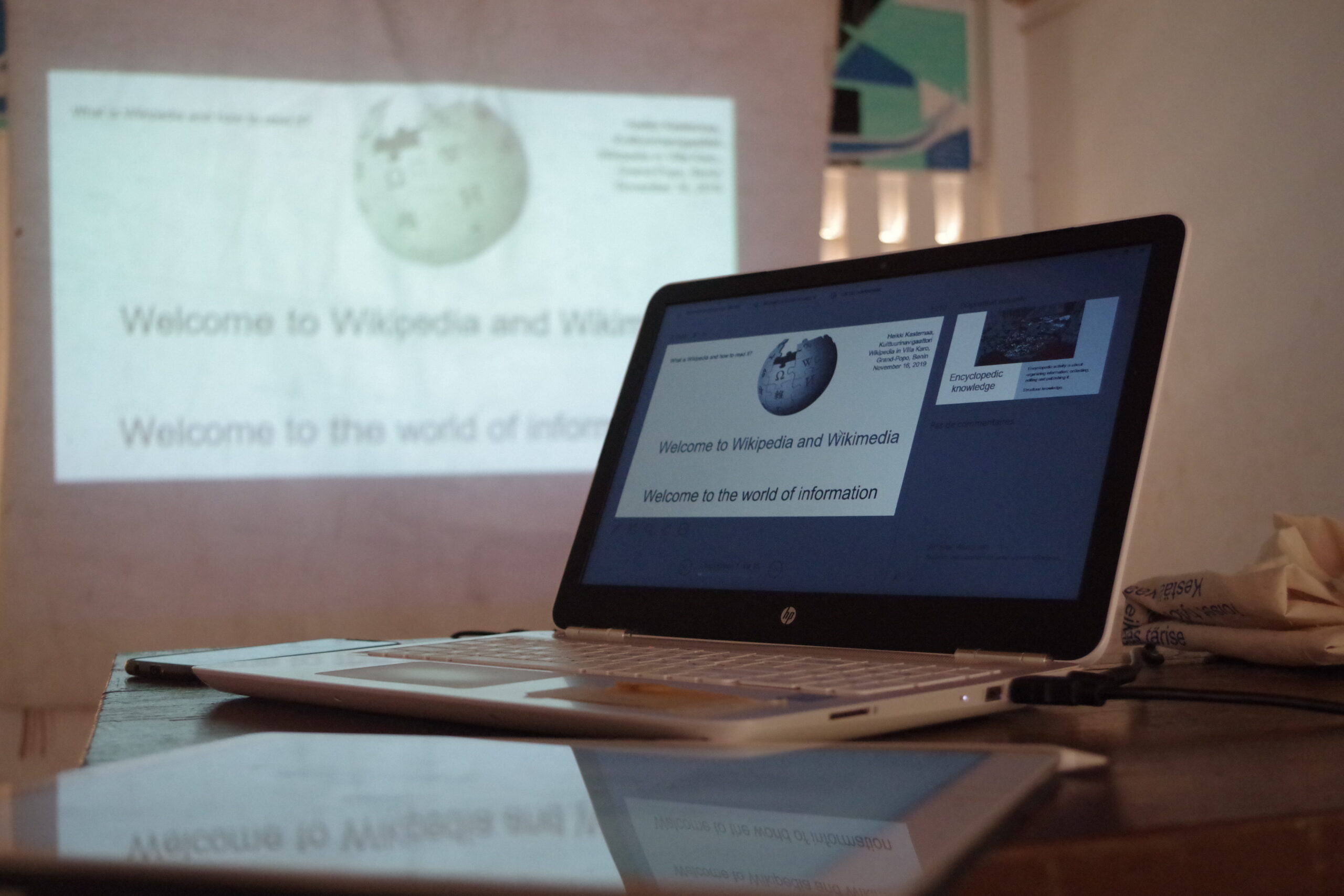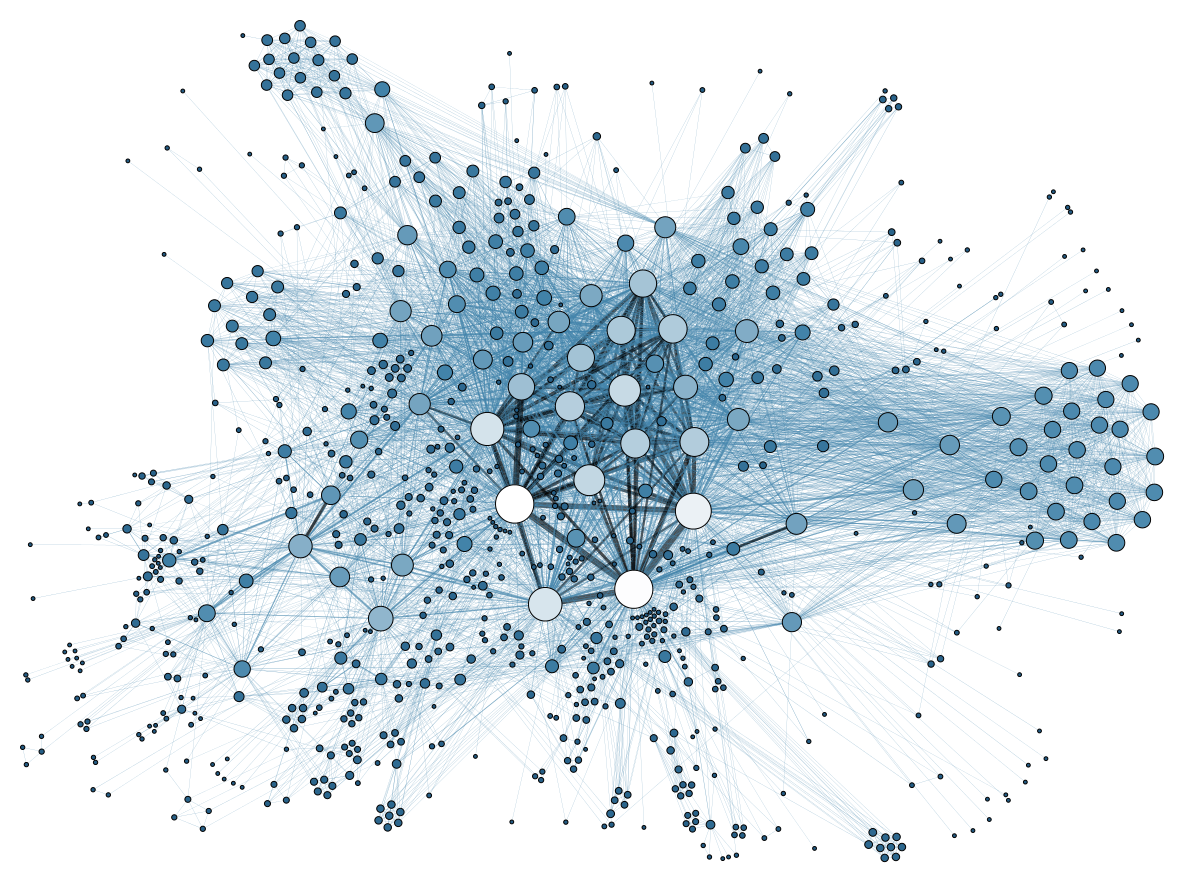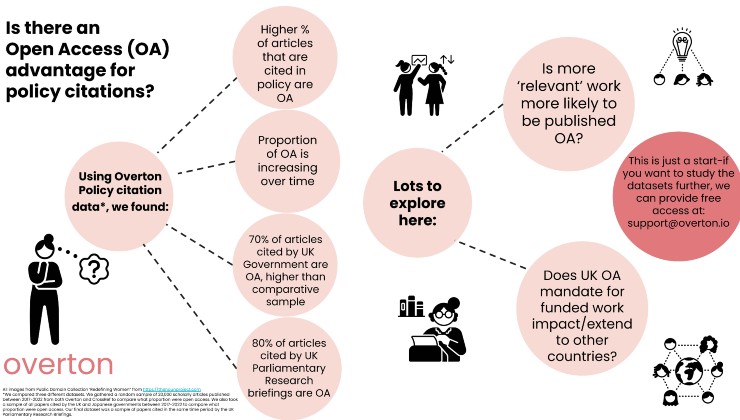Hard Evidence: Is Open Access Working?
The below post was originally published on The Conversation, and is kindly reposted here with their permission.
Author – Ernesto Priego, Lecturer in Library Science at City University London
According to Peter Suber open access is academic literature which is “digital, online, free of charge, and free of most copyright and licensing restrictions”. Open access delivered by journals is called “gold” open access and open access delivered by repositories is called “green” open access. Most academic literature is not open access. And in recent years there has been a growing open access movement to remove paywalls, which are put up by journal publishers.
It remains difficult to be certain of the exact amount of academic research sitting behind paywalls, but the toll-access model still dominates. Although many funders, including various governments, are attempting to bring about an open access revolution, we will remain in a period of transition for many years to come. During this time, a mix of open access and traditional subscription models will operate side-by-side.
During the transition, many publishers of toll-access journals are also offering open access options through a business model in which the author, not the reader, pays. Authors or their institutions pay the journal after an article has been accepted to publish a piece of work so that it can be made accessible to any reader without cost. But is this gold model working and if so, who is it working for?
Who controls the market?
When researchers mined the 2009 Web of Knowledge Citation Reports 2009, they found that the US and the UK publish more indexed journals than the rest of the world combined. Also, it turns out that four big publishing companies (Springer, Wiley-Blackwell, Elsevier and Taylor & Francis) control the majority of the market.
The worldwide academic journal publishing industry generates a little more than US$19 billion in revenue from mainly subscription fees, with the top ten publishers accounting for approximately 43% of that revenue. Elsevier publishes 250,000 articles in 2,000 journals. Its 2012 revenues reached US$2.7 billion. Robert Darnton, director of the Harvard Library, called the current system “absurd […] it is inflicting terrible damage on libraries”.
These publishers offer some open access options within their toll-access journals, and most of them do it by charging article processing charges. It may seem that these fees are levied to recover the financial loss of bringing down the paywall. Sadly in many cases APCs are unrealistically high.
For Open Access Week, which is a celebration of the OA movement, I looked at 60 social science journals from the biggest publishers: Springer (15), Wiley-Blackwell (13), Elsevier (1) and Taylor & Francis (31) that offer the open access option with article processing charges.

Springer-Verlang journals were the most expensive with a processing charge of £3,000. Sage journals were the most affordable at £800 (for context, some Cambridge University Press journals charge £1,695 for their open access option). However, there are hundreds of researcher-led open access journals not published by these publishers. Two-thirds of the peer-reviewed open access journals listed by the Directory of Open Access Journals charge no fees.
Towards APCs, Research Councils UK (RCUK) has allocated£17m for 2013 and £20m for 2014 to universities, which works out as £1,700 per article. This is the figure suggested in the Finch review of open access but in reality many major publishers charge more. Their hope is that up to half of all articles on research funded by an RCUK grant will be open access. But it is not clear if that can be achieved. University of Sussex, for instance, has been allocated £163,000 to pay for APCs. This will pay for approximately 98 articles, which is a tiny fraction of their overall research output.
Green and gold
Most universities have “green” open access policies. An author publishes in a paywalled journal under the traditional model, allowing their published work (known as “version of record”) to be accessible only to subscription holders for a certain period of time. Most toll-access journals impose licensing conditions in which the version of record can only be accessed through them, and allow the accepted version of the article (but in many cases not the version of record) to be made available by the author in open access repositories after a period of time. These embargo periods can be anywhere from 36 months in Elsevier to 12 months in Taylor & Francis and Springer. Sage was the only publisher that imposed no embargo in this particular set of journals.
In the UK, the green open access model is seen by the government as a poor relation to the gold model. But in Australia, for example, the green model rules. Publishers don’t make extra cash from the green model and have been accused of setting unreasonably long embargo periods to discourage authors from publishing through this route.
That said, a recent study compared data from 2009 and 2011 to show that green OA has had the most growth. This makes sense because researchers can cheaply make available previously published results through self-archiving.
Fig 2.

Obstacles to openness
In spite of the fast growth of open access adoption the DOAJ, which currently lists 9,919 publications, the norm in academic publishing remains the toll-access model. While cost may be a factor, other perverse incentives which decide the quality and prestige of publishing academic work are also at play.
At present, though, it seems that the gold OA option offered by commercial publishers through APCs is more beneficial to them than to researchers. Gold OA could be completely compatible with institutional repositories under researcher-led initiatives.
Future scholarship might rely on our privileging the open availability of academic research. Whether research is available in digital repositories or on open access journals, the aim should be reducing the obstacles, not increasing them.
Hard Evidence is a series of articles in which academics use research evidence to tackle the trickiest public policy questions.
Fig 2: Gargouri, Yassine; Lariviere, Vincent; Gingras, Yves; Carr, Les and Harnad, Stevan (2012) Green and Gold Open Access Percentages and Growth, by Discipline. In: 17th International Conference on Science and Technology Indicators (STI), 5-8 September, 2012, Montreal, Quebec, Canada, Montréal. http://eprints.soton.ac.uk/340294































































































Where has this phrase “hard evidence” come from? Is it being borrowed as a form of informal vernacular from the legal system? In my, admittedly limited, time participating in social science discourse (as a psychology major), I haven’t come across any official use of the terminology and have not seen where the legitimate use of “hard evidence” is employed.
Can anyone shed light on this ponderance? Thanks.
Hard Evidence: Cite Sources
It make the hard evidence more credible (and easier for the reader to check) to cite its source!
For the second figure above (in green) the source is below (Figure 4):
Gargouri, Yassine; Lariviere, Vincent; Gingras, Yves; Carr, Les and Harnad, Stevan (2012) Green and Gold Open Access Percentages and Growth, by Discipline. In: 17th International Conference on Science and Technology Indicators (STI), 5-8 September, 2012, Montreal, Quebec, Canada, Montréal. http://eprints.soton.ac.uk/340294